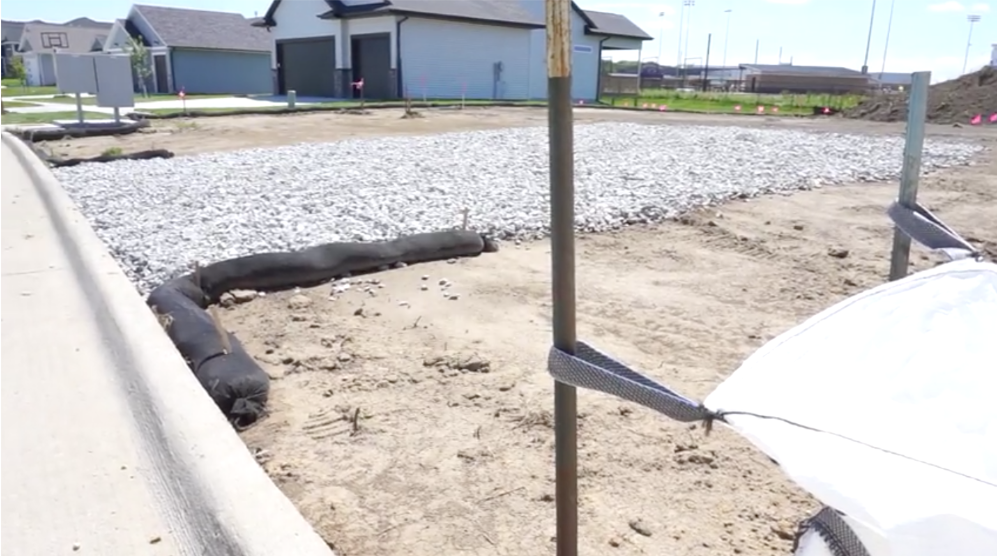Good Housekeeping Practices
What is “Good Housekeeping”?
General Permit No. 2 in Iowa requires the installation and maintenance of effective good housekeeping practices to prevent illicit discharges and stormwater runoff from construction site activities. The Iowa Statewide Urban Design and Specification Manual Division 11 provides specifications for some of the practices listed below.
Examples of Best Management Practices
Common good housekeeping practices used in Iowa include:
- Stabilized staging area
- SWPPP onsite
- Debris containment
- Secondary chemical containment and handling
- Vehicle maintenance and washing
- Concrete washout bins
- Wet saw cutting handling
- Spill kit
- Stabilized construction entrances and exits
Selecting the appropriate good housekeeping practices for your construction site will depend on a variety of conditions, including project size, availability of crushed stone, location of storm sewer intakes, and other circumstances.
Concrete washout and stabilized construction entrances are the most commonly cited infractions. Concrete washout has a very high pH and presents signficant environmental concerns if it reaches the storm sewer. If a stabilized construction entrance is not present, or installed incorrectly, sediment tracked out by vehicles into public streets is considered a violation. Per General Permit No. 2, wash water from vehicles must also be treated in a sediment basin or alternative control in order to provide treatment prior to discharge.

